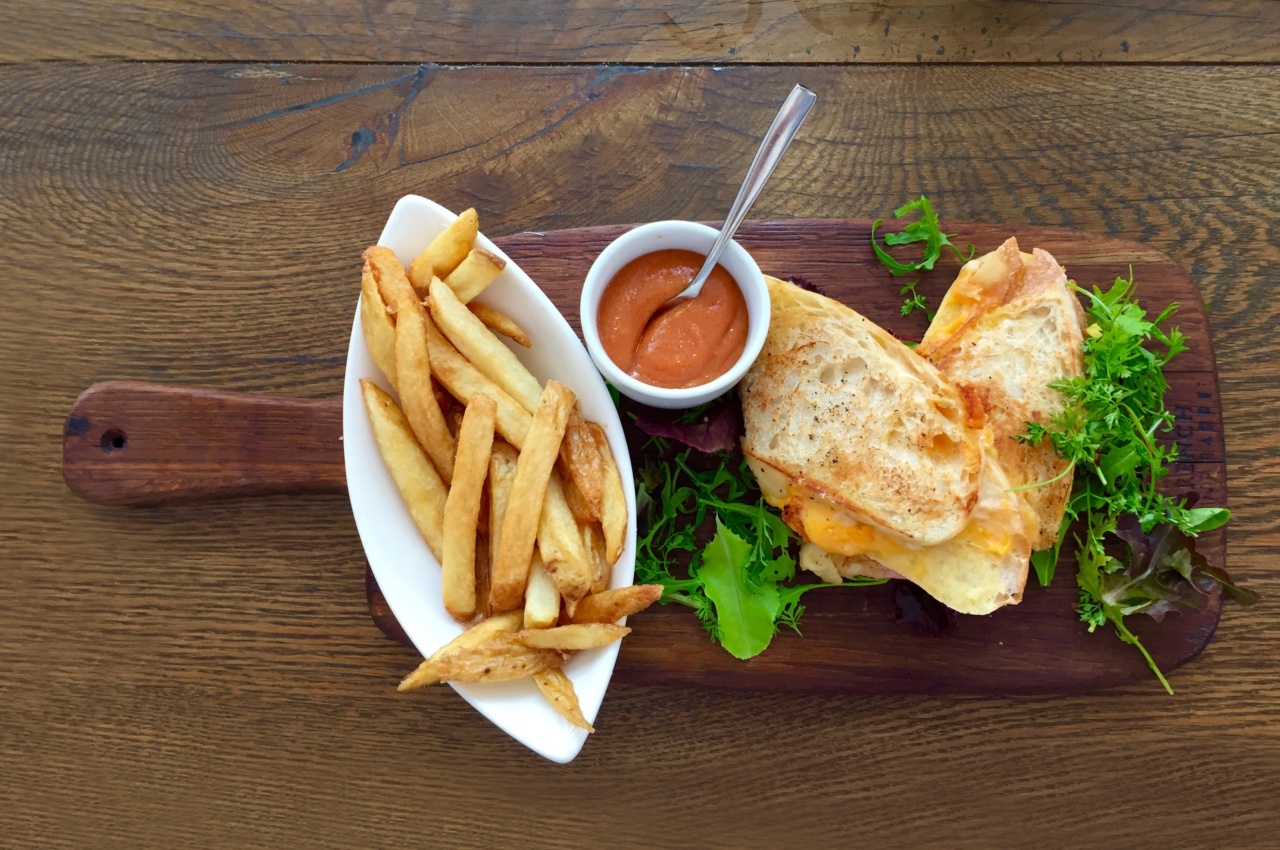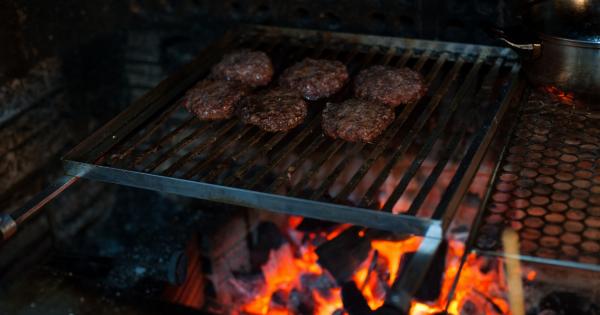Junk food is often synonymous with guilty pleasures. It’s a quick fix for hunger, and it often tastes really good. But this kind of food can gradually lead to negative consequences.
The cost of indulging in junk food is not only monetary but also health-wise.
If you are like the average adult and consume fast food once or twice a week, it’s important to know the impact this kind of food has on your overall health.
This article delves into the caloric cost of eating junk food, so you can better understand the impact it has on your body and make healthier choices.
What is Junk Food?
Junk food is food that is highly processed, calorie-dense, and low in nutrients. This type of food is often pre-prepared or pre-packaged, making it convenient for those on the go. Junk food is typically high in sugar, salt, and unhealthy fat.
Examples of junk food include pizza, fast food meals, chips, soft drinks, and candy. These foods are typically low in fiber and protein, and high in carbohydrates and calories. Such foods have little nutritional value, but they certainly taste delicious.
The Caloric Cost of Eating Junk Food
Much like any other food, junk food has a caloric value that contributes to our daily intake of energy. But because it is usually high in calories or energy-dense and low in nutrients, it is easy to consume a lot of calories in just a few bites.
Here are some estimated caloric costs of eating some of the most common junk foods:.
1. Pizza
Pizza is one of the most popular junk foods in the world. One slice of pizza (approximately 12 inches) can have anywhere from 250-400 calories, depending on the toppings.
A medium-sized pizza (8 slices) can have anywhere from 1,600 to 2,800 calories in total. Consuming this amount of calories in one meal can lead to weight gain over time.
2. French Fries
French fries are another common junk food. A medium-sized serving (approximately 4 oz.) contributes around 365 calories to your daily intake.
Consuming a large serving can contribute up to 510 calories, which is around a quarter of the recommended daily calorie intake for an average person.
3. Fried Chicken
Fried chicken is a favorite for many people who love fast food. Eating one piece of fried chicken (thigh or breast) will set you back about 400 calories.
A serving with a couple of pieces will add up to about 800 calories after the addition of a side dish like French fries.
4. Burgers
Fast food burgers are often loaded with calories and unhealthy fats.
The most popular variants of fast food burgers can weighe around 450g (15.8 ounces) can have up to 1,000 calories, depending on the ingredients used (cheese, bacon, mayonnaise, and others). Eating a burger like this will give you nearly half of the total recommended daily calorie intake of an average person.
5. Soda
Soda is a sweetened drink loaded with sugar that is often consumed alongside junk food.
A regular can of soda (12 oz.) contains about 150 calories; drinking more than one can a day can contribute to increased calorie intake and lead to weight gain over time.
The Health Risks of Eating Junk Food
Consuming high amounts of junk food regularly can lead to several health risks. Here are some of them:.
1. Increased Risk of Obesity
The primary problem with junk food is that it is high in calories and low in nutrients, making it easy to consume more calories than one should in one meal. This can lead to weight gain, which sets you on a path towards obesity.
People who are obese are at a higher risk of developing health conditions like heart disease, diabetes, and some types of cancer.
2. Increased Risk of Heart Disease
Eating too much junk food can increase your risk of heart disease. Junk foods are often high in unhealthy fats and sodium, which can contribute to high blood pressure and cholesterol levels.
High blood pressure can damage your heart and increase your risk of heart disease.
3. Increased Risk of Diabetes
High amounts of sugar in junk food can lead to weight gain and obesity, which increases the risk of developing type 2 diabetes. The high sugar content in a regular can of soda, for instance, releases a rush of glucose into the bloodstream.
When this happens repeatedly, the body may become insulin resistant, leading to type 2 diabetes in the long run.
4. Increased Risk of Cancer
Consuming large amounts of red and processed meats (such as ham, sausage, bacon, or burgers) frequently increases the risk of developing cancer of the colon and rectum.
How to Minimize the Caloric Cost of Junk Food
Limiting junk food intake is one of the best ways to avoid adverse health consequences. However, it can’t always be easy to avoid fast food entirely. Here are tips to minimize the caloric cost of eating junk food:.
1. Watch Portion Sizes
One of the easiest ways to consume fewer calories is by watching what you consume. Consider ordering small-sized meals instead of larger ones or sharing meals with friends.
Practicing portion control can greatly reduce your caloric intake, even if you still eat junk food.
2. Substitutes
Choose healthier alternatives to some popular junk food options. For instance, opt for a whole-grain crust on your pizza or customize your burger by substituting the bun with lettuce.
You can also consume a salad or veggies instead of fries as your side dish.
3. Drink Water Instead of Soda
Avoid consuming too much soda or other sugary drinks by replacing them with water. Drinking water before or after eating can help you consume fewer calories while staying hydrated and healthy.
4. Limit Fast Food Visits
Although fast food is convenient on quick days, you don’t have to consume it every day. Limit your visits to fast food restaurants, and prioritize home-cooked meals with healthier choices.
Conclusion
Junk food is not great for your health, especially if you frequently consume it.
Keeping an eye on portion sizes and consumption frequency, as well as replacing some elements of your meal with healthier substitutes, can greatly reduce your caloric intake. This way, you can lessen the risk of negative health effects that come with consuming too much junk food.

























